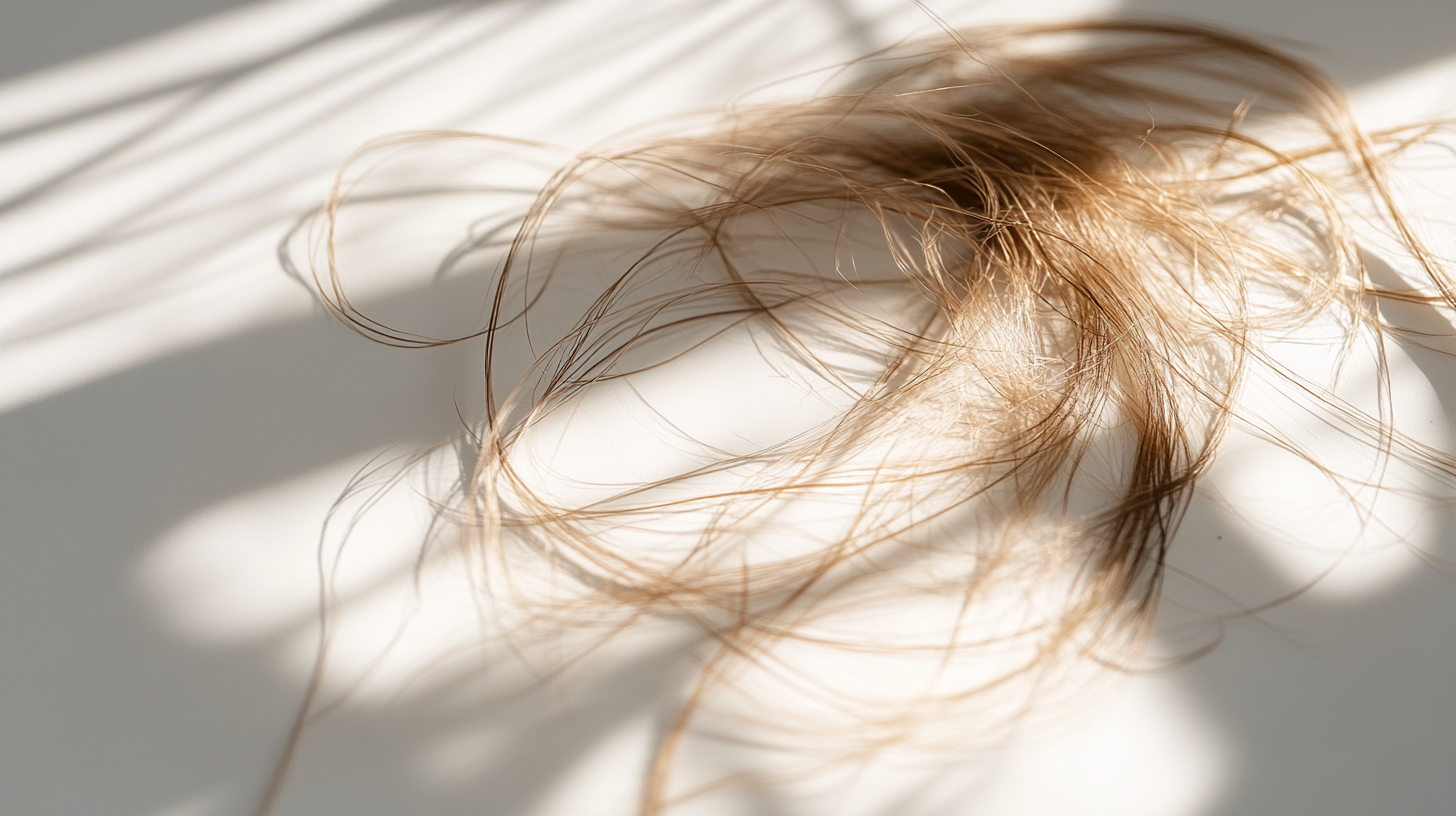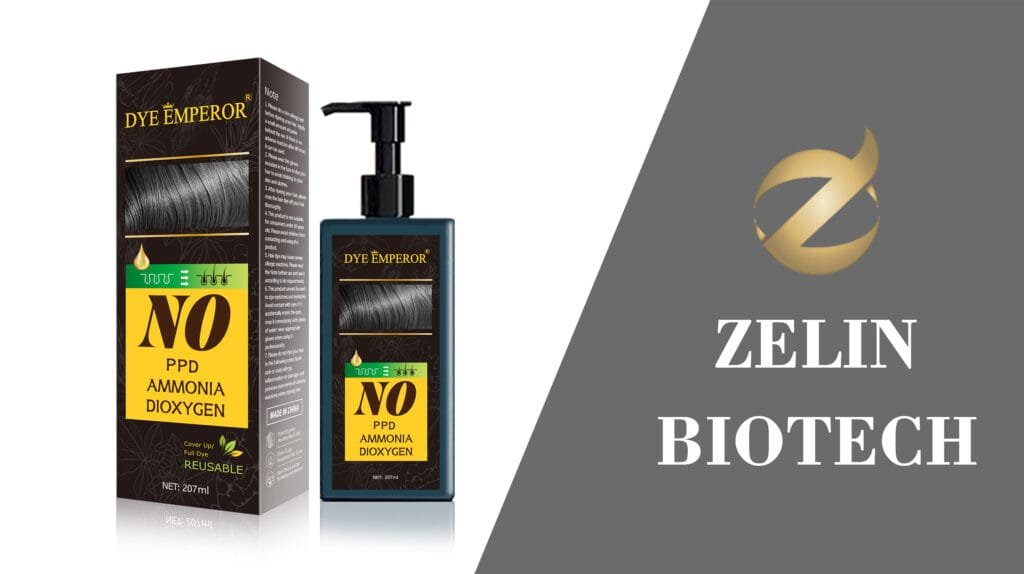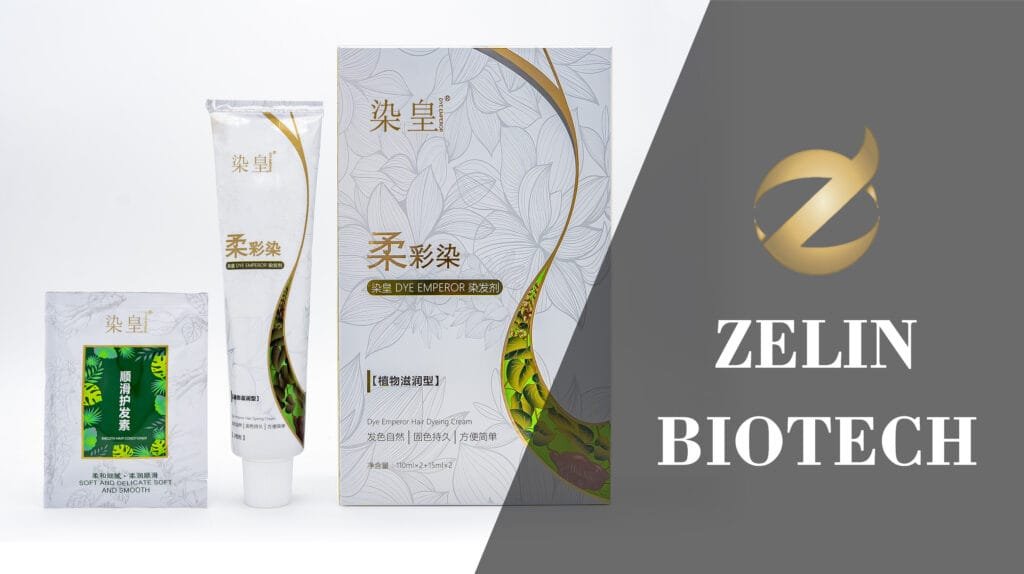Target Audience: Individuals concerned about hair shedding after dyeing, seeking clear, authoritative information.
Goal of Article: To definitively address the common misconception that hair dye causes hair loss, distinguishing it from normal shedding and breakage, and providing expert advice for maintaining hair health.
As a hair health professional, one of the most frequent questions I encounter is, “Does hair color cause hair loss?” It’s a deeply rooted concern, especially when clients notice more strands in the shower after a fresh dye job. The pursuit of fashionable hair colors is exciting, but the fear of damaging your hair or, worse, losing it, can certainly dampen the experience.
Let’s cut through the confusion. Based on my years of clinical observation, the latest scientific understanding, and professional experience, the simple answer is no: hair dye itself does not directly cause hair loss from the root. However, there are nuances, and it’s crucial to understand the difference between normal hair shedding, hair breakage, and true hair loss. This article will meticulously break down these distinctions and provide you with actionable, expert advice to ensure your colored hair remains vibrant and healthy.
Understanding Your Hair’s Natural Cycle: Shedding vs. Loss
The moment you see more hair in your shower drain after dyeing, panic can set in. But in nearly all cases, what you’re observing is perfectly normal physiological shedding, often accelerated by the dyeing process, rather than true hair loss.
A. Normal Hair Shedding: A Daily Renewal
Our hair is constantly renewing itself. Each hair follicle goes through a cyclical process of growth (anagen), rest (catagen), and shedding (telogen). On average, we shed between 50 to 100 hairs daily as part of this natural cycle. This is a vital part of maintaining healthy, regenerating hair.
The “Post-Dye” Shedding Spike: When you dye your hair, there’s significant mechanical manipulation involved: rigorous shampooing, rinsing, scrubbing the scalp, and combing out tangles. Hairs that were already in their telogen (shedding) phase, on the verge of falling out, are simply dislodged more quickly by this physical stimulation. It’s akin to sweeping a floor – the sweeping itself doesn’t cause new dust, but it reveals the dust that was already there.
My Experience: In my practice, I’ve consistently found that this temporary increase in shedding (often up to 150-200 strands on a wash day, especially if you haven’t washed for a few days before dyeing) is a common, short-lived phenomenon. It does not indicate damage to the hair follicle or an underlying hair loss condition.
B. Hair Shedding vs. Hair Breakage: The Crucial Visual Clue
This distinction is fundamental to understanding your hair health.
Hair Shedding (True Hair Loss from the Root): When a hair sheds naturally, it detaches from the scalp at the follicle. If you examine a shed hair closely, you will typically see a tiny, pear-shaped white bulb at one end. This is the root (or part of it) and confirms the hair completed its growth cycle and detached from the scalp.
Hair Breakage (Damage to the Hair Shaft): Broken hair, by contrast, does not have a bulb at either end. It simply snaps off somewhere along the hair shaft. This is a sign of damage to the hair’s structure, often due to chemical processing, heat styling, or mechanical stress. You might notice shorter pieces of hair, split ends, or thinning only at the ends, rather than uniform thinning across the scalp.
The Key Takeaway: If you’re finding short, broken pieces without a bulb, your concern should shift from “hair loss” to “hair damage” and “breakage.”

The Science Behind It: Why Hair Dye Doesn’t Affect Follicles (But Can Cause Breakage)
To truly answer “Does hair color cause hair loss?”, we need to delve into the biology of hair growth and the chemistry of hair dye.
A. Hair Dye’s Mechanism of Action: Targeting the Shaft, Not the Root
The core reason hair dye doesn’t cause hair loss is simple: hair dye does not penetrate the scalp deeply enough to reach or damage the hair follicles. Hair follicles are living structures nestled beneath the skin, responsible for producing new hair. Hair dye, especially permanent dye, is designed to interact only with the non-living, keratinized protein structure of the hair shaft that has already emerged from the scalp.
Oxidative Dyes: Most permanent hair dyes are oxidative dyes. They contain two main components: an ammonia-based chemical that swells the hair cuticle (the outermost protective layer) and an oxidative agent (usually hydrogen peroxide).
The Chemical Reaction: When mixed, these components create a chemical reaction inside the hair shaft. The hydrogen peroxide breaks down the hair’s natural melanin (pigment) and allows the new color molecules to penetrate and get trapped within the hair’s cortex. This process permanently alters the hair’s natural color.
B. The Risk of Breakage: Weakening the Hair’s Structure
While the dye doesn’t harm the follicle, this chemical alteration of the hair shaft isn’t without consequences. The process can:
Lift the Cuticle: The ammonia-like compounds forcefully lift the protective cuticle scales, making the hair more porous and vulnerable.
Oxidize Hair Proteins: The peroxide can weaken the disulfide bonds and other protein structures within the hair’s cortex that give it strength and elasticity. This damage is irreversible because the hair shaft is dead tissue.
My Professional Opinion: This weakening of the hair shaft is why improper dyeing practices or inadequate post-dye care can lead to significant breakage. The hair becomes more fragile, prone to snapping during brushing, styling, or even just daily friction. This is often misinterpreted as hair loss.
Crucially: Choosing high-quality dyes, strictly following the manufacturer’s instructions (especially regarding processing time), and never exceeding the recommended duration are paramount to minimizing this structural weakening.
When to Seek Medical Help: Differentiating True Hair Loss
If you are consistently shedding significantly more hair than the normal average (i.e., well over 100-150 hairs daily for an extended period, leading to noticeable thinning or bald patches), it is highly unlikely that hair dye is the culprit. This level of hair loss often signals an underlying medical condition or hormonal imbalance, requiring professional medical attention.
Conditions that can cause increased hair loss include:
Androgenetic Alopecia (Pattern Baldness): A genetic condition.
Telogen Effluvium: Often triggered by severe stress, illness (like high fever or COVID-19), surgery, drastic weight loss, or certain medications.
Thyroid Disorders: Both overactive and underactive thyroid can impact hair growth.
Nutritional Deficiencies: Lack of iron, biotin, zinc, or protein.
Autoimmune Conditions: Such as alopecia areata or lupus.
Hormonal Imbalances: Including those related to pregnancy, childbirth, menopause, or PCOS.
My Strongest Advice: If you experience unexplained, persistent, or severe hair loss, do not delay in consulting a dermatologist or your primary care physician. They can conduct diagnostic tests, identify the root cause, and recommend appropriate treatment plans. Dwelling on whether hair dye is to blame can delay crucial medical intervention for a different issue.
[Disclaimer: This article provides general information and is not a substitute for professional medical advice. If you have concerns about hair loss, please consult a qualified healthcare provider for diagnosis and treatment.]

Conclusion: Balancing Hair Dye and Hair Health
In summary, the answer to the prevalent question, “Does hair color cause hair loss?” is no. Hair dye does not damage your hair follicles or directly cause permanent hair loss. The concern often stems from normal shedding exacerbated by manipulation or, more commonly, from hair breakage due to improper application or insufficient aftercare.
Embrace the Change with Confidence: You can absolutely enjoy vibrant, colored hair without sacrificing its health.
Prioritize Quality and Care: Select high-quality hair coloring products, meticulously follow the instructions, and never leave dye on longer than recommended.
Invest in Post-Color Care: Regular deep conditioning, color-safe shampoos and conditioners, and minimizing heat styling are crucial for maintaining the integrity and shine of your dyed hair.




